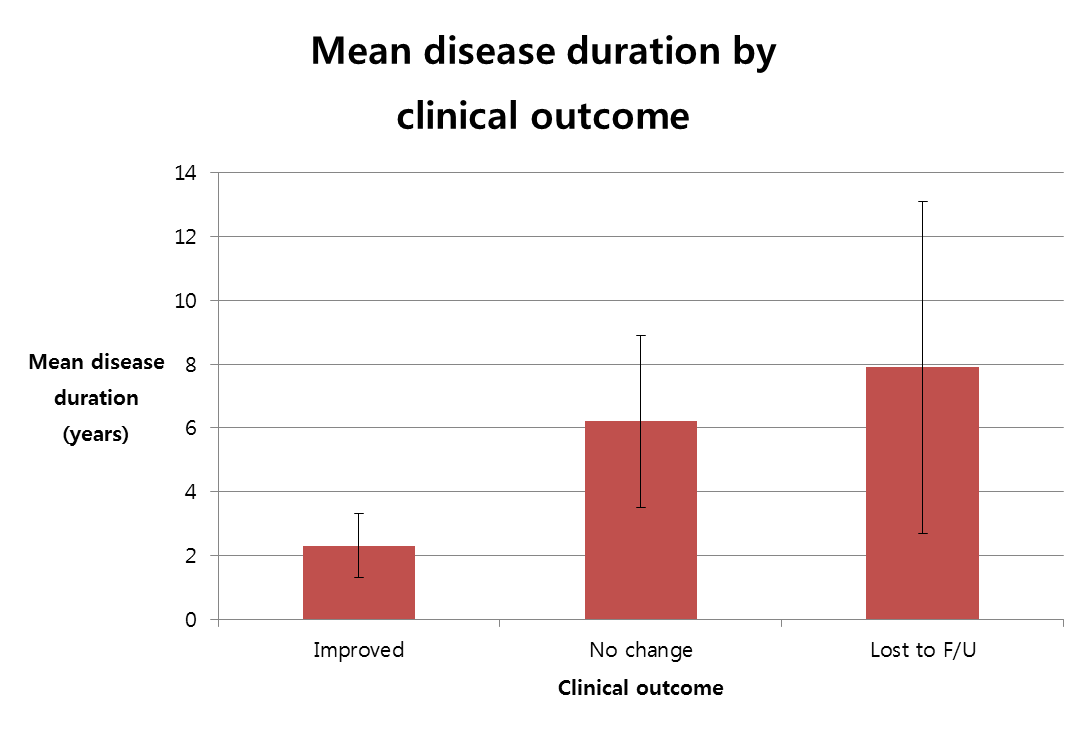Session Information
Date: Sunday, October 7, 2018
Session Title: Epidemiology
Session Time: 1:45pm-3:15pm
Location: Hall 3FG
Objective: We aimed to determine the frequency of functional movement disorder patients at a university outpatient neurology clinic, and highlight the clinical and phenomenological characteristics.
Background: Functional movement disorders are those that are presumed to be due to a psychological cause. Functional movement disorders are not uncommon in the outpatient neurology clinic, and are being increasingly recognized as a “crisis” in neurology.
Methods: Patients who were assessed by a movement disorders neurologist at a university hospital between March 2016 and May 2017 were screened for functional movement disorders. Demographic and clinical data were reviewed, and phenomenology of movements was studied.
Results: Of 321 patients evaluated for the chief complaint of a movement abnormality, approximately 10% (31 patients) were diagnosed with a functional movement disorder. Female to male ratio was approximately 7:1 (27 women: 4 men). Mean age at presentation was 53 years (standard error: 3.6 years), and mean disease duration was 5 years (standard error: 1.4 years). 58% (18 out of 31 patients) had a past medical history of depression, anxiety or other psychiatric illnesses. Tremor and speech abnormalities were most prevalent (19 and 10 patients, respectively). Onset was reported to be abrupt in 14 patients (45%). 14 (42%) patients were found to have improvement at a follow-up visit, 11 (35%) with no improvement, and 6 (19%) were lost to follow-up. Mean disease duration was noted to be the shortest (2.3 years) in patients with improvement, and in those who did not experience improvement or were lost to follow-up, 6.2 years and 7.9 years, respectively.
Conclusions: Our results confirm that tremor is the most frequent movement occurring in functional movement disorders, and the most commonly affected body parts were found to be the upper and lower extremities. Speech is also frequently involved. Patients with no improvement at follow-up had longer mean disease duration (6.8 years),consistent with previous observations that prolonged symptom duration is associated with poor clinical outcome.These findings indicate that functional movement disorders may result in poor prognosis in a moderate proportion of these patients, emphasizing the importance of early intervention.
References: 1. Factor SA, Podskalny GD, Molho ES. Psychogenic movement disorders: frequency, clinical profile, and characteristics. J Neurol Neurosurg Psychiatry. 1995;59(4):406-12. 2. Gelauff J, Stone J, Edwards M, Carson A. The prognosis of functional (psychogenic) motor symptoms: a systematic review. J Neurol Neurosurg Psychiatry. 2014;85(2):220-6.
To cite this abstract in AMA style:
J. Park. Clinical Characteristics of Functional Movement Disorders: A Clinic-Based Study [abstract]. Mov Disord. 2018; 33 (suppl 2). https://www.mdsabstracts.org/abstract/clinical-characteristics-of-functional-movement-disorders-a-clinic-based-study/. Accessed January 8, 2026.« Back to 2018 International Congress
MDS Abstracts - https://www.mdsabstracts.org/abstract/clinical-characteristics-of-functional-movement-disorders-a-clinic-based-study/

